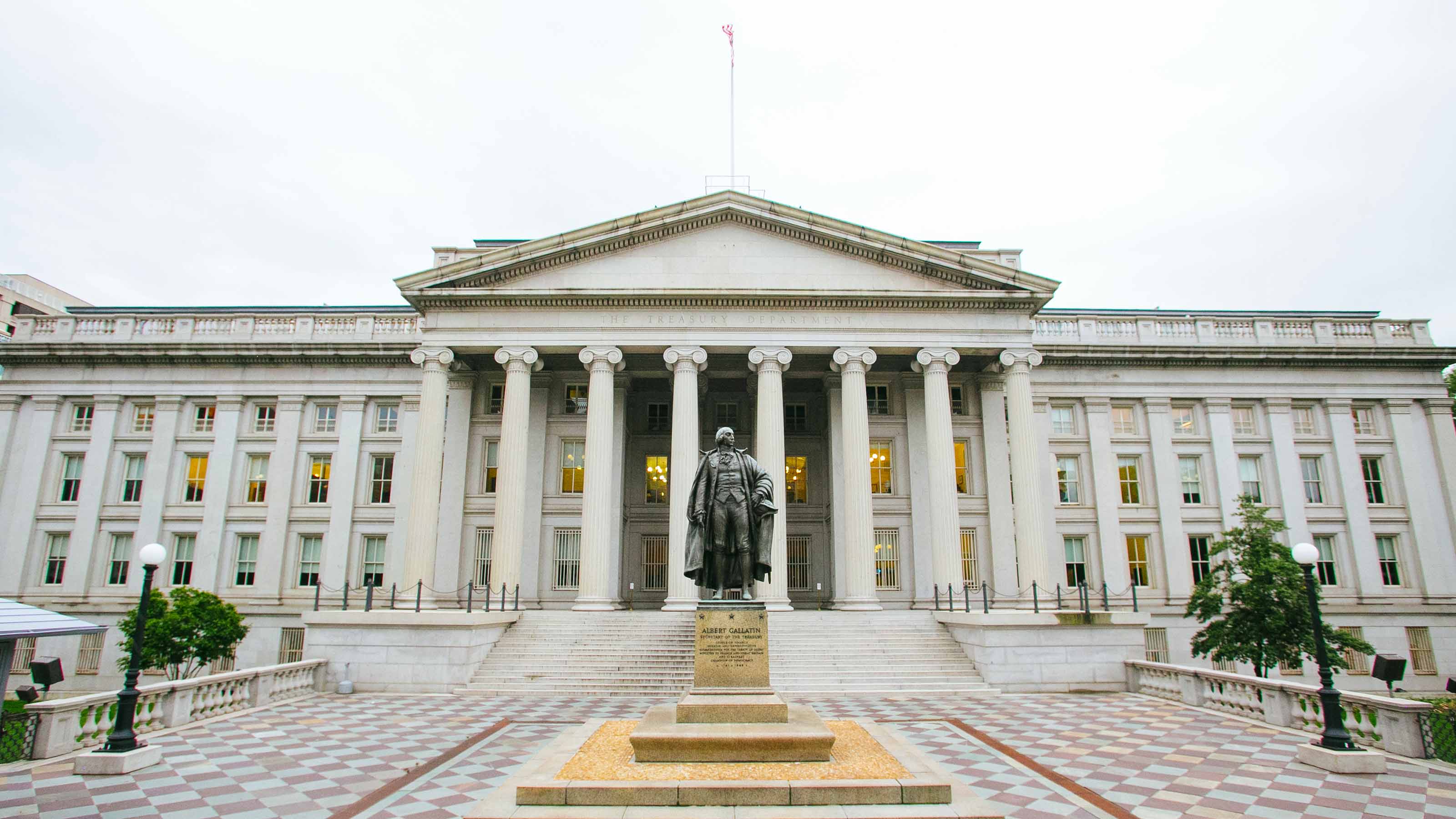Don't Part With Preferred Stocks
Following big price run-ups, most income categories are no longer cheap. But neither are they overvalued.

I don’t expect interest rates to move much before mid to late summer. When bond yields do bounce, you’ll barely notice. Yields on short-term debt might climb a quarter of a percentage point. Rates for long-term Treasury and corporate bonds and mortgage securities might work their way up by a half-point. For income investors, that is a benign outlook.
Yet my in-box is full of dire forecasts that 2015 will mark the beginning of a multiyear climb in rates to pre-2000 levels, when the benchmark 10-year Treasury paid more than 6%. The thinking is that with the U.S. economy improving, demand for credit will grow and the Federal Reserve will have to jack up rates to restrain inflation. I think this reasoning is unpersuasive and merely parrots the classic econ textbook line that rates take off when growth picks up.
But these aren’t old-school times. Yields in the U.S. are notably higher than those of other developed countries, and that attracts capital here. The break in oil prices means it’s unlikely that inflation will take off. And the economy is showing that it can expand by 3% without creating so much demand for credit that interest rates soar.
From just $107.88 $24.99 for Kiplinger Personal Finance
Become a smarter, better informed investor. Subscribe from just $107.88 $24.99, plus get up to 4 Special Issues

Sign up for Kiplinger’s Free Newsletters
Profit and prosper with the best of expert advice on investing, taxes, retirement, personal finance and more - straight to your e-mail.
Profit and prosper with the best of expert advice - straight to your e-mail.
For investors, however, things have changed. In the winter of 2013–14, steals and deals were abundant in such categories as municipal bonds, real estate investment trusts and preferred stocks. Today, though, following big price run-ups, most income categories are no longer cheap. But neither are they overvalued.
So what’s an income investor to do? Let’s ponder the question through the prism of one winning high-yield exchange-traded fund, iShares U.S. Preferred Stock (symbol PFF). Thanks to its juicy yield (5.6% today) and the appreciation of many of its holdings, the ETF returned 12.9% in 2014 through December 5. If you’re lucky enough to own PFF, it’s natural to ask whether you should sell now or stay put.
Because selling high is a basic tenet of successful investing, I wouldn’t criticize anyone for lightening up on the ETF. After all, a 13% gain is well above the long-term annual return for common stocks, and it’s not much less than the 14.5% return in 2014 of Standard & Poor’s 500-stock index.
Preferred math. Moreover, opportunities for further appreciation are limited. When I recently cross-referenced the ETF’s 331 holdings with the preferred-stock price listings at www.wsj.com, I found that a slew of the preferreds were at their 52-week highs or only pennies short. For example, PFF holds a series of Royal Bank of Scotland preferreds with interest coupons that range from 5.75% to 7.65%; each began 2014 selling at nearly $20 per share, meaning the issues were yielding 7.2% to 9.6%. But by early December, each preferred was trading for more than $24. To duplicate the ETF’s 2014 performance in 2015, the Royal Bank preferreds (and others like them) would have to hit $27 or $28. Unless interest rates plunge in the coming year—that’s a bet even I wouldn’t make—such a development is unlikely.
However, I also wouldn’t object if you chose to hang on to the preferred ETF. First, the yield on your actual cost in PFF may be tough to match. If you bought the fund at the start of 2014 for about $37, your annual yield works out to 6.1%, not the 5.6% you would get if you bought today.
Second, a 5.6% current return isn’t bad in today’s low-yield world. Few mainstream income investments pay much more. The question you should ask yourself is whether 5.6% is fair compensation for the risks you take. Given decent economic growth and the low likelihood of interest rates jumping significantly, preferreds will probably hold their own in the coming year. So if you don’t want to sell PFF, you don’t have to.
Profit and prosper with the best of Kiplinger's advice on investing, taxes, retirement, personal finance and much more. Delivered daily. Enter your email in the box and click Sign Me Up.

Kosnett is the editor of Kiplinger Investing for Income and writes the "Cash in Hand" column for Kiplinger Personal Finance. He is an income-investing expert who covers bonds, real estate investment trusts, oil and gas income deals, dividend stocks and anything else that pays interest and dividends. He joined Kiplinger in 1981 after six years in newspapers, including the Baltimore Sun. He is a 1976 journalism graduate from the Medill School at Northwestern University and completed an executive program at the Carnegie-Mellon University business school in 1978.
-
 Why Public Markets Don't Look Like They Used To
Why Public Markets Don't Look Like They Used To -
 Turning 65 in 2026? Here Is Exactly How to Sign Up for Medicare
Turning 65 in 2026? Here Is Exactly How to Sign Up for MedicareWhether you’re months away from your 65th birthday or plan to work past retirement age, here are the steps to secure your Medicare coverage and avoid costly mistakes.
-
 A Free Tax Filing Option Has Disappeared for 2026: Here's What That Means for You
A Free Tax Filing Option Has Disappeared for 2026: Here's What That Means for YouTax Filing Tax season officially opens on January 26. But you'll have one less way to submit your tax return for free. Here's what you need to know.
-
 What Fed Rate Cuts Mean For Fixed-Income Investors
What Fed Rate Cuts Mean For Fixed-Income InvestorsThe Fed's rate-cutting campaign has the fixed-income market set for an encore of Q4 2024.
-
 The Most Tax-Friendly States for Investing in 2025 (Hint: There Are Two)
The Most Tax-Friendly States for Investing in 2025 (Hint: There Are Two)State Taxes Living in one of these places could lower your 2025 investment taxes — especially if you invest in real estate.
-
 The Final Countdown for Retirees with Investment Income
The Final Countdown for Retirees with Investment IncomeRetirement Tax Don’t assume Social Security withholding is enough. Some retirement income may require a quarterly estimated tax payment by the September 15 deadline.
-
 Dividends Are in a Rut
Dividends Are in a RutDividends may be going through a rough patch, but income investors should exercise patience.
-
 Why Investors Needn't Worry About U.S. Credit Downgrade
Why Investors Needn't Worry About U.S. Credit DowngradeFitch Ratings The United States saw its credit rating downgraded for just the second time in history, but experts aren't worried about the long-term damage to stocks.
-
 Municipal Bonds Stand Firm
Municipal Bonds Stand FirmIf you have the cash to invest, municipal bonds are a worthy alternative to CDs or Treasuries – even as they stare down credit-market Armageddon.
-
 High Yields From High-Rate Lenders
High Yields From High-Rate LendersInvestors seeking out high yields can find them in high-rate lenders, non-bank lenders and a few financial REITs.
-
 Time to Consider Foreign Bonds
Time to Consider Foreign BondsIn 2023, foreign bonds deserve a place on the fringes of a total-return-oriented fixed-income portfolio.